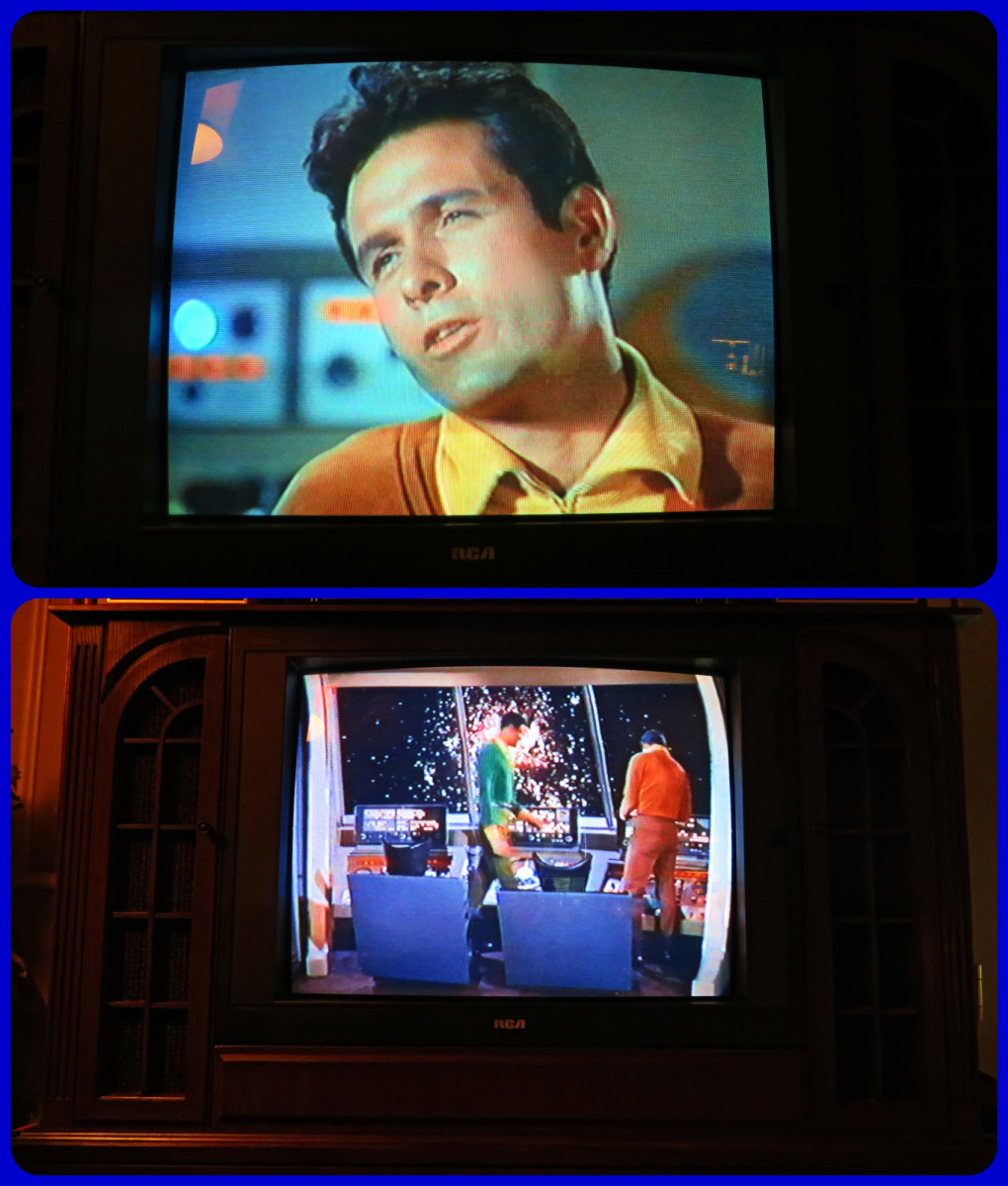Control WinXP Automatic Restart
Stopping automatic WinXP Software Updater Restarts
Now I'm all for making sure a user is as protected as they can be. But the final control should always rest with the user. Sadly the WinXP SP2 dialogue undermines that... rather than fail safe it puts up a count-down timer and if you don't say "no" it reboots anyway.
It happened to me the other day, and it's not very smart. No realising you have open documents you've been working on that need to be saved (Okay, I know Word auto-saves every 10 mins, and Outlook puts things into the draft folder... but the text editor I was using to hack some late night, fairly urgent, fixes to a site isn't that clever). I took a call from a client to discuss some last minute changes and, as I'm prone to, I got up and wandered outside with the phone (how did I ever think in a world rules by wired phones!). 30 minutes later I sat down at my..... blank.... desktop. All the windows had shut. I was logged out of Messenger. And Skype. And the web pages I had open meaning to add to del.icio.us or stumble-upon were gone. My download of a large CSV that had to get burnt to CD-Rom and shipped out that afternoon.... needed restarting.
At first I assumed a crash, or a power glitch (not likely with a laptop of course) but looking at one of the other machines in the office to see the insidious count-down dialoge made me realise what had happened. And I wasn't happy.
So I did a bit of digging. While the obvious approach is simply to turn off automatic updates I'm pretty lazy and I know I won't remember to check regularly enough and something will slip through. There has to be a better way. Turns out there is
A simple registry edit (or in this case adding a new key) stops the automatic reboot in the even of there being an active/logged on user on the machine:
In [HKEY_LOCAL_MACHINE\SOFTWARE\Policies\Microsoft\Windows\WindowsUpdate\AU] Create a new DWORD value under this key called "NoAutoRebootWithLoggedOnUsers" and set it to the number one.
Sadly it takes one more reboot to enable it... but it's worth it to avoid pain later on!
... and put a stop to the nagging dialogues as well
Turns our that there's another really great key that lives in the same are of the registry. Sometimes after an update Windows wants to reboot. And it keeps popping up that really annoying nag window every ten minutes. Well, you can adjust the frequency or even turn it off totally. Add a DWORD called "RebootRelaunchTimeoutEnabled" and set it to zero to disable it or set the value to 1 and create an entry called "RebootRelaunchTimeout", where the value is the time between reminders in minutes (maximum of 1440)
Note: As with any other registry edit you can really screw with your machine. If you don't know what you're doing, don't take backups and double-check before hitting enter.... you could end up in a lot of trouble - maybe not today.... but you will!
WindowsXP Pro, Server and Vista users can take advantage of the Group Policy editor to achive these things as well - see here.
- Original at my Blog
Original article at my blog. See if there are additional comments, or check out similar posts







